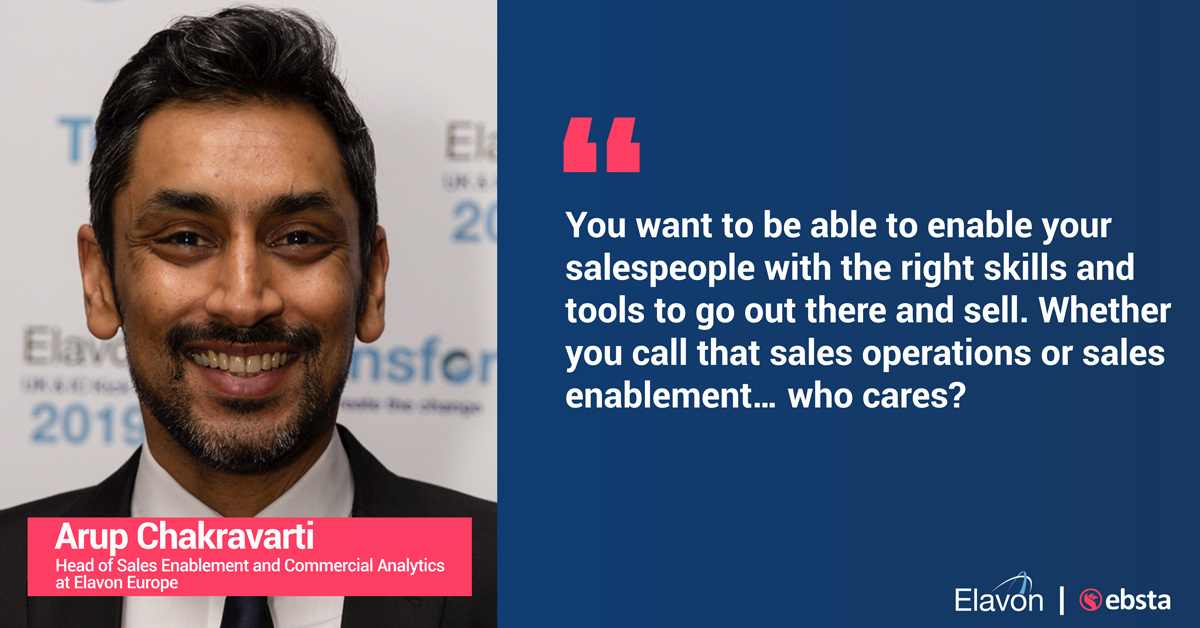Table of Contents
Share this article
Learn from the brightest minds how to predictably and efficiently grow revenue.
Related Content
Lessons in Scaling Cybersecurity Sales with Dean Hickman-Smith
This week on the Revenue Insights Podcast, Guy Rubin, CEO of Ebsta, speaks with Dean Hickman-Smith, Chief Revenue Officer at HackerOne on Scaling Cybersecurity Sales. In this episode, Guy and Dean explore the evolution of sales leadership, the power of community in B2B sales, and how AI is transforming sales enablement and performance. Dean Hickman-Smith…
Building High-Converting Teams with Sean Murray of LeadIQ
This week on the Revenue Insights Podcast, Graham Smith speaks with Sean Murray, Senior Director of Sales and Sales Development at LeadIQ. In this episode, Sean shares his journey to tech sales, discusses his approach to building high-performing SDR teams, and explains why quality outreach trumps quantity in today’s sales landscape Sean Murray is Senior…
Transforming Productivity Metrics with Mike Perrone, Chief Operations Officer at Prodoscore
This week on the Revenue Insights Podcast, Guy Rubin, founder and CEO of Ebsta, speaks with Mike Perrone, Chief Operations Officer at Prodoscore. In this episode, Guy and Mike discuss data-driven productivity scores, bridging employee flexibility with executive accountability, and how to empower sales teams through actionable insights and tailored coaching. Mike Perrone is Chief…
Sales Operations vs Sales Enablement: Arup Chakravarti of Elavon Merchant Services
Arup Chakravarti jumped onto Sales Operations Demystified to share his knowledge about Sales Operations vs Sales Enablement. Check out all the other episodes of Sales Operations Demystified here.
You can learn more about:
Table of Contents
Tools Mentioned:
Key Takeaways
The difference between sales operations and sales enablement
Arup shares the five pillars that makeup sales operations/enablement:
- Territory planning
- Quota & incentives
- CRM/sales automation
- Monitoring & analytics
- Sales culture
He mentions that the first four, a traditional part of sales operations and sales enablement normally sit more within the fifth pillar. Arup then goes on to say that actually your job in either of these roles is to make your sales team more effective… whether you call that sales operations or sales engagement don’t really matter.
Hunting vs farming
Like a number of other Sales Ops Demystified guests, Arup splits his 400 person sales team into two different categories: hunting (sales) and farming (account management). The sales reps are responsible for bringing in a new business whereas the account management is responsible for renewals and upsells. There is a team of 50-60 operations resources that support both of these sales teams.
The application of AI in the sales process
Elavon has been experimenting with an algorithm provided by Lattice Engines to help prioritize the time of their sales reps. First trained the algorithm based on past sales data to enable it to learn Elavon’s definition of a good and a bad lead. They then fed through some old leads, which were then distributed to the sales team with an AI-generated priority based on the likelihood of closing.
Elavon found that there was a 2.5x uplift on the close rate as it went from a benchmark of 8% with normal, non-AI prioritized leads up to 20% with the leads that had been fed through the algorithm.
If this process works, then I would expect to see this practice adopted by a large number of sales teams over the coming years. One of the biggest sales challenges today is the prioritization of sales rep time and energy, so why not let the computers tell us what to do?
Leading vs lagging indicators
Metrics such as revenue and # of Closed Won deals are lagging indicators, they tell you how something or someone performed in the past. Arup chose a leading indicator for the one sales metrics he could measure for the rest of his life. He chose a productivity metric that would show the number of meetings a sales rep would generate.
This would allow Arup to predict future metrics such deals closed or revenue.



